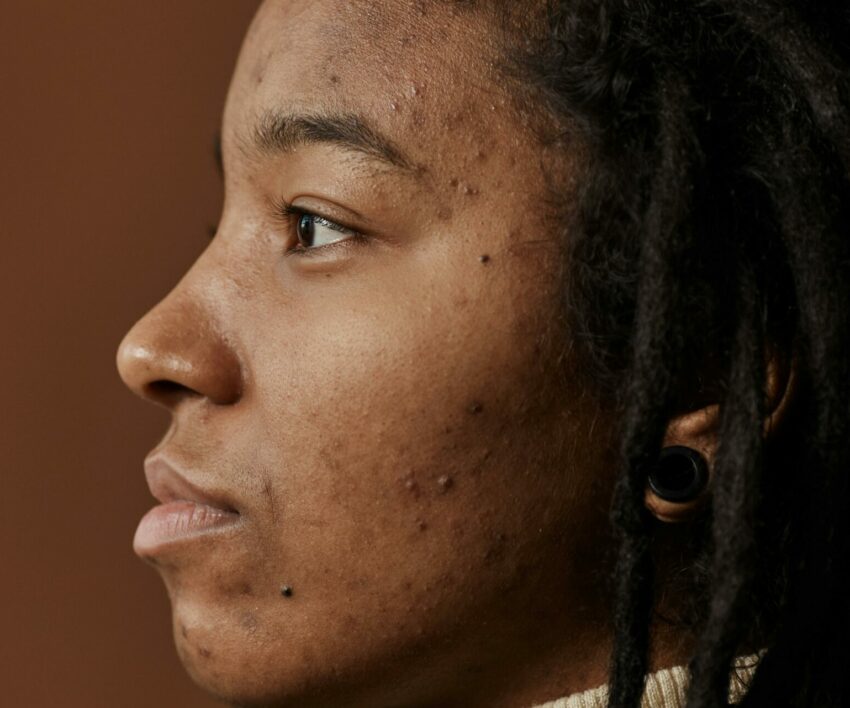
One of the latest trends to take the beauty world by storm is pimple patches. But what exactly are these tiny wonders, and do they live up to the hype? Let’s dive into the details to find out if pimple patches are worth adding to your skincare routine.
What are pimple patches?
Pimple patches, also known as acne stickers, are small, adhesive patches designed to be placed directly over a pimple. They come in various shapes and sizes, typically transparent or slightly translucent, making them discreet enough to wear during the day or overnight. The primary purpose of these patches is to treat and heal pimples by delivering active ingredients directly to the affected area.
How do pimple patches work?
The magic of pimple patches lies in their ingredients and design. Most pimple patches are made from hydrocolloid, a material originally used in medical bandages for wound healing. Hydrocolloid works by creating a moist environment that promotes healing and helps to draw out impurities from the pimple.
Some pimple patches also contain additional active ingredients like salicylic acid, tea tree oil, or hyaluronic acid. These ingredients help to reduce inflammation, kill bacteria, and hydrate the skin, further aiding the healing process.
The benefits of pimple patches
Targeted treatment: These patches provide a concentrated dose of acne-fighting ingredients directly to the pimple. This ensures focused and effective treatment.
Protection: By covering the pimple, the patch acts as a barrier, protecting it from external bacteria, dirt, and the temptation to pick or squeeze. This can prevent further irritation and potential scarring.
Absorption of impurities: Hydrocolloid patches are excellent at drawing out pus and other impurities from the pimple, which can help to reduce its size and redness more quickly.
Discretion: Most pimple patches are designed to be nearly invisible, allowing you to wear them throughout the day without feeling self-conscious. Some even come in fun shapes or with decorative designs to make the experience a bit more enjoyable.
Convenience: Pimple patches are easy to use and can be worn overnight or under makeup, making them a convenient addition to your skincare routine.
Do pimple patches actually work?
The effectiveness of pimple patches can vary depending on the type of acne and the ingredients in the patch. They tend to work best on surface-level pimples, such as whiteheads and pustules. By absorbing excess fluid and reducing inflammation, they can significantly speed up the healing process for these types of blemishes.
However, for deeper, cystic acne, pimple patches might not be as effective. Cystic acne often requires more intensive treatment, such as oral or topical medications prescribed by a dermatologist. While a pimple patch might help to reduce some inflammation and prevent picking, it won’t fully address the root cause of cystic acne.
How to use pimple patches
Using pimple patches is straightforward. Here’s a step-by-step guide to getting the most out of them:
Cleanse your skin: Start with a clean face to ensure that the patch adheres properly and can work effectively. Use a gentle cleanser to remove any dirt, oil, or makeup.
Apply the patch: Gently peel the patch from its backing and place it directly over the pimple. Press down lightly to ensure it sticks well.
Leave it on: Depending on the patch, you can leave it on for several hours or overnight. Some patches are designed to be worn for up to 24 hours, while others are best for shorter periods.
Remove and dispose: Once the patch has done its job, carefully peel it off and dispose of it. Cleanse your skin again to remove any residue and follow up with your usual skincare routine.
Are there any drawbacks?
While pimple patches can be incredibly useful, they aren’t a cure-all for acne. They are best used as part of a broader skincare regimen that includes cleansing, moisturizing, and other targeted treatments. Additionally, some people might find that certain ingredients in the patches can irritate, so it’s essential to choose patches that suit your skin type.
Alternatives to pimple patches
If pimple patches aren’t your thing or if you’re looking for additional acne-fighting tools, consider these alternatives:
Spot treatments: Products with active ingredients like benzoyl peroxide, salicylic acid, or sulphur can be applied directly to pimples to reduce inflammation and kill bacteria.
Clay masks: these can help to draw out impurities and reduce excess oil, which can prevent new pimples from forming.
Led light therapy: Devices that use blue light can kill acne-causing bacteria and reduce inflammation.
Compiled by: Jade McGee August
First published by Woman&home
Also see: How to get rid of pimples overnight




